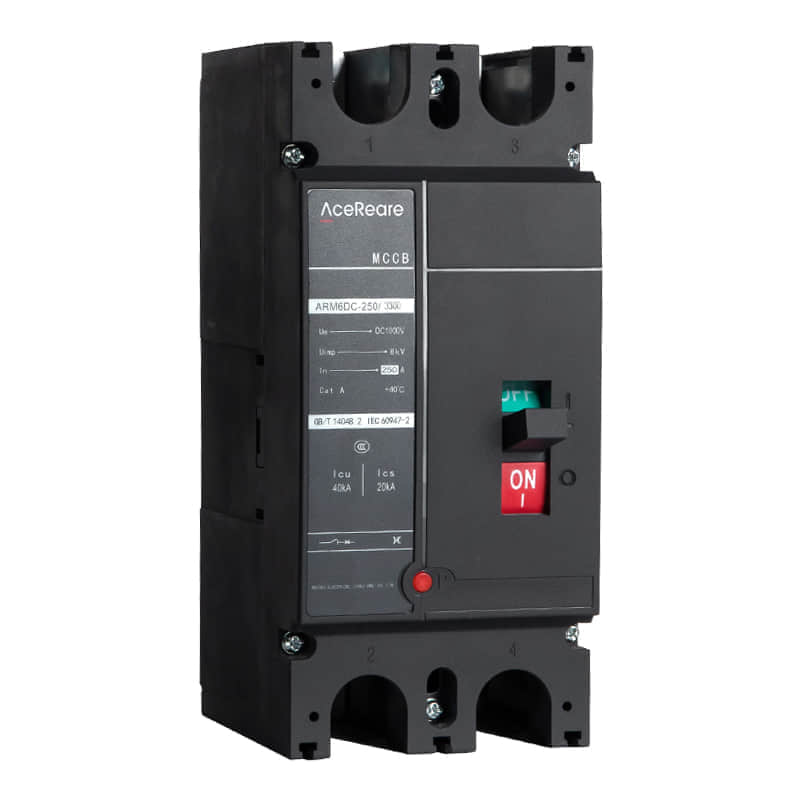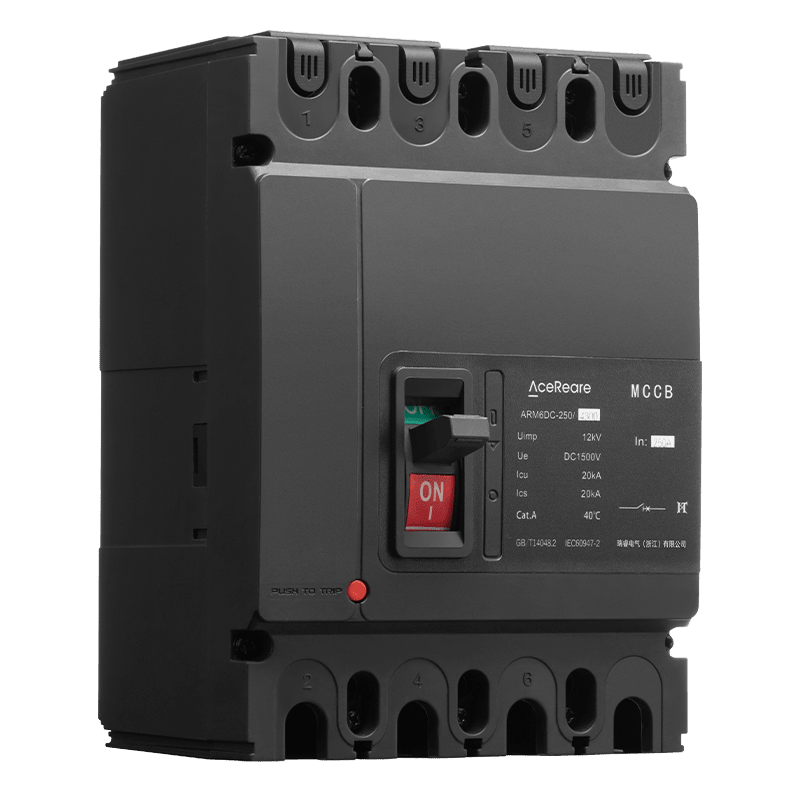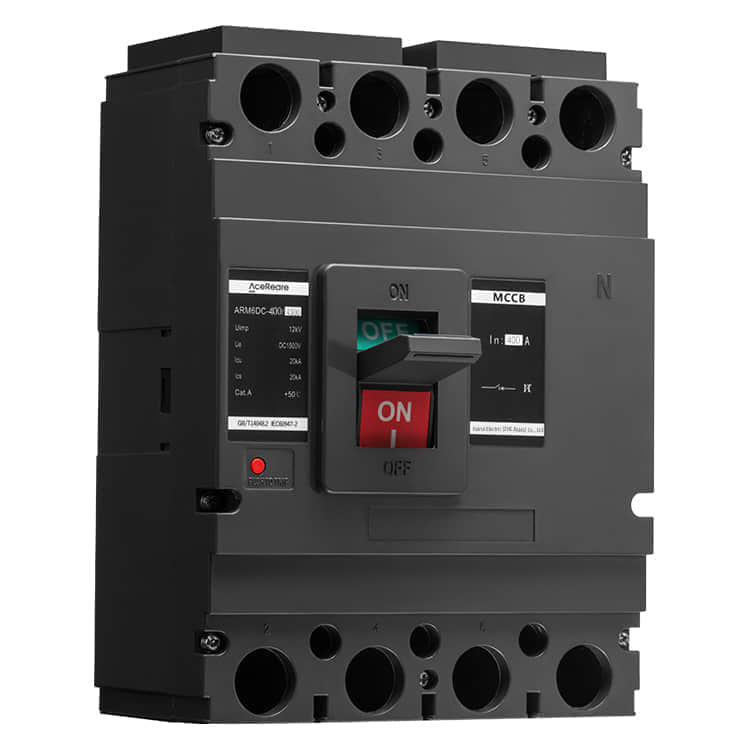In the rapidly growing field of solar energy, ensuring the safety and reliability of photovoltaic (PV) systems is paramount. One critical component that plays a crucial role in this aspect is the photovoltaic DC circuit breaker. This specialized device is designed to protect PV systems from overcurrents, short circuits, and other electrical faults, ensuring the longevity and efficiency of solar power installations.

A photovoltaic DC circuit breaker operates in a direct current (DC) environment, which is distinct from the alternating current (AC) systems used in most conventional electrical setups. Unlike AC systems, where current periodically changes direction, DC systems involve a constant flow of electricity in a single direction. This unique characteristic necessitates circuit breakers specifically engineered for DC applications to handle the different challenges presented by direct current.

The primary function of a photovoltaic DC circuit breaker is to interrupt the electrical circuit when it detects an overcurrent condition or a fault. Overcurrent conditions can arise from various sources, such as a surge in power due to a fault in the PV modules or a malfunction in the system. By disconnecting the affected part of the circuit, the breaker prevents potential damage to the equipment and reduces the risk of fire hazards. This protective measure is crucial in maintaining the safety and reliability of the entire PV system. In addition to overcurrent protection, photovoltaic DC circuit breakers are designed to handle high voltage levels. Solar panels generate significant amounts of voltage, and the breakers must be capable of interrupting circuits at these high voltages without causing arc flash or other dangerous electrical phenomena. The design of these breakers includes features such as arc extinguishing mechanisms and high-voltage insulation to manage these challenges effectively.
